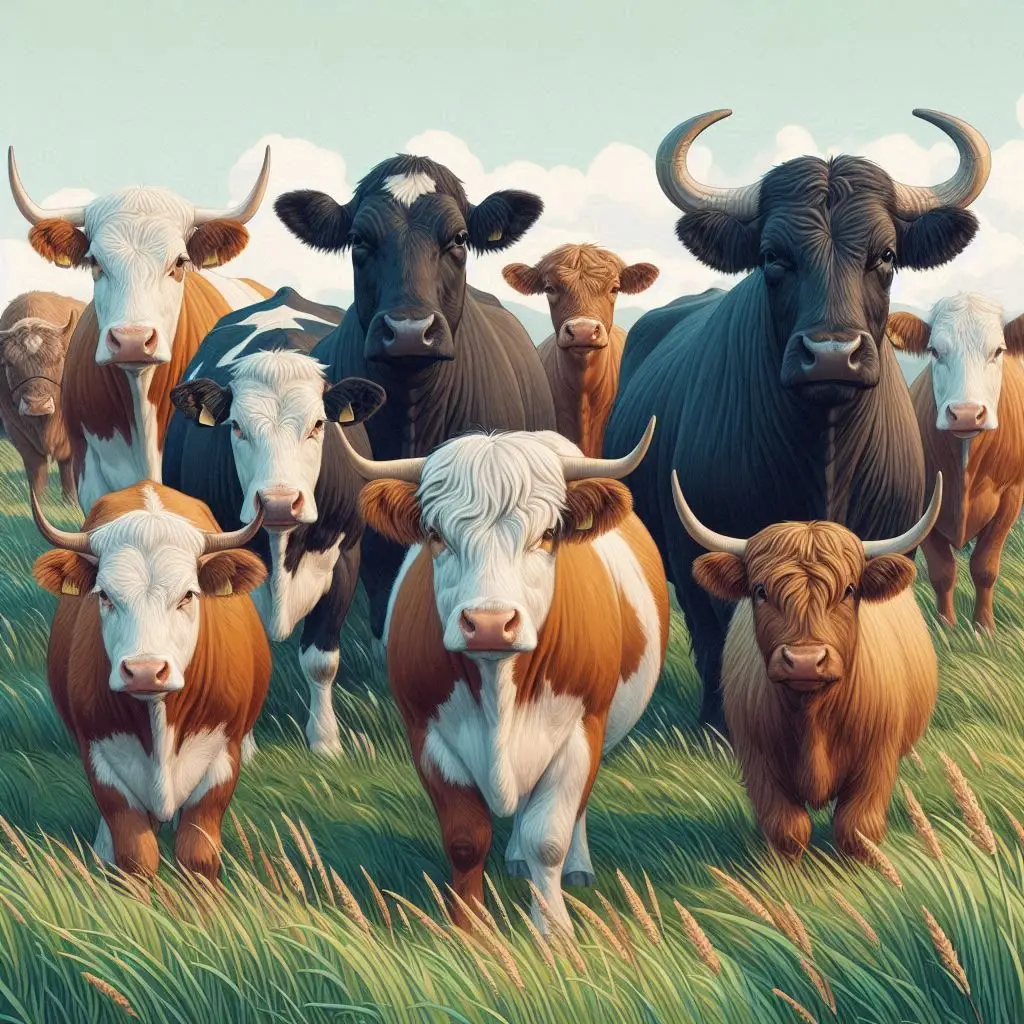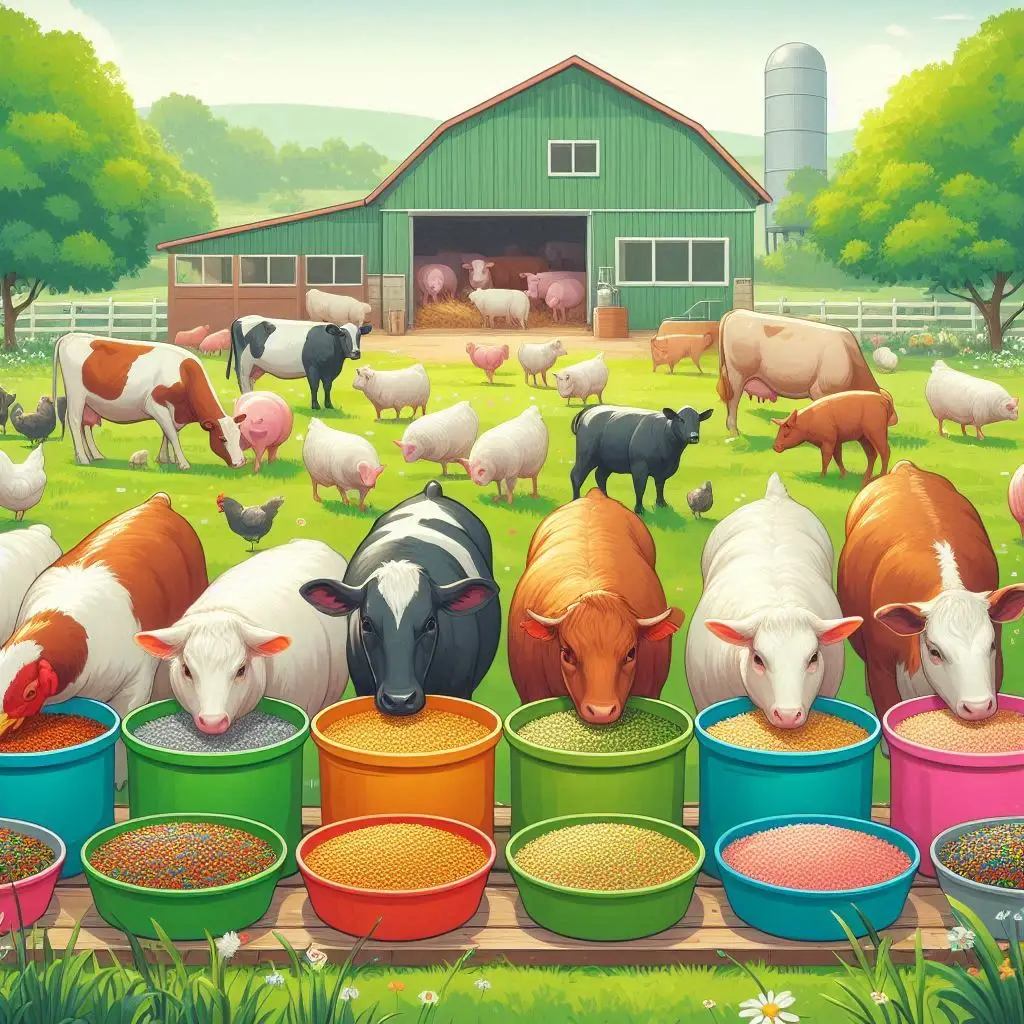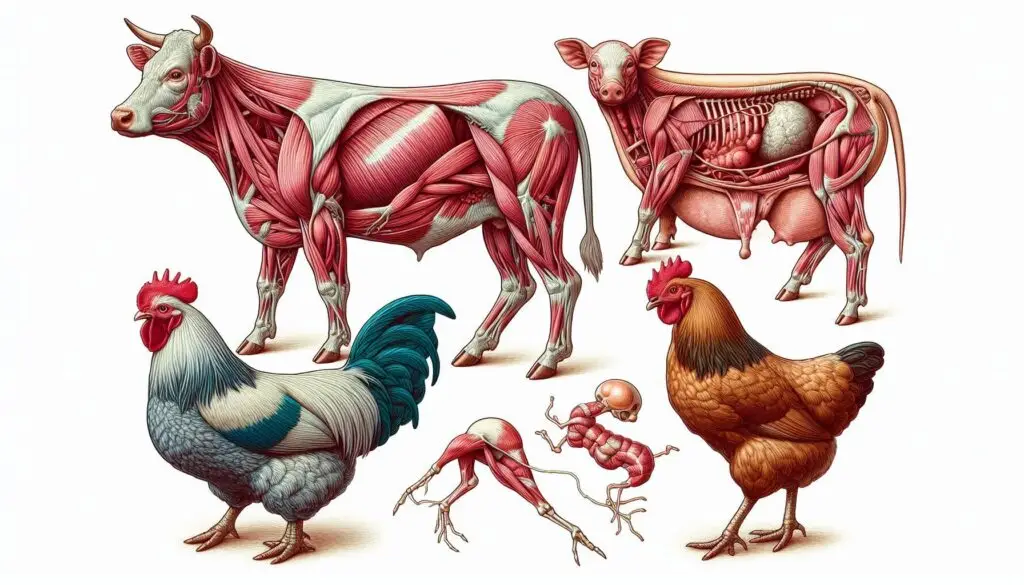Feeding and Managing Livestock During Natural Disasters

Feeding and Management During Drought
Nutritional Strategies
- Balanced Ration Preparation:
- Use urea-molasses for immediate feeding.
- Treat straw with urea to enhance digestibility.
- Chop straw and mix with leguminous crop by-products to improve protein intake.
- Supplementary Feeding:
- Provide mineral-vitamin mixtures and urea-molasses mineral blocks.
- Administer vitamin A doses to support immune function.
- Use cheaper, balanced concentrates for lactating animals.
- Deworming:
- Regular deworming with broad-spectrum anthelmintics is essential to prevent parasitic infections exacerbated by stress and malnutrition.
Health Monitoring
- Monitor livestock for signs of weakness, respiratory issues, and reproductive disorders such as anoestrus and abortion due to nutritional deficiencies and stress.
- Increase veterinary assistance to address health problems arising from poor nutrition and environmental stressors.
Resource Management
- Improve common property resources by resowing grasses and shrubs.
- Maintain water channels for consistent water supply, especially in community grazing lands.
- Encourage farmers to grow fodder on their land to mitigate feed shortages.
Feeding and Management During Flood
Immediate Actions
- Health Checks:
- Assess livestock for foot problems and other health issues after standing in muddy conditions.
- Monitor for signs of dehydration, infections, and diseases that may arise from prolonged exposure to wet environments.
- Feed and Water Management:
- Identify alternative feed sources due to damage from flooding, and ensure that any feed is free from toxins and mold.
- Provide clean drinking water, as livestock may refuse contaminated floodwater.
- Evacuation and Shelter:
- Have a plan for evacuating livestock to higher ground or temporary shelters to avoid drowning.
- Use temporary fencing and shelter to manage livestock effectively post-flood.
Long-term Considerations
- Develop a feed budget to assess the quantity and quality of feed needed for the recovery period following flooding.
- Implement strategies to manage pasture recovery and prevent overgrazing once the floodwaters recede.
Health Issues Post-Flood
- Be vigilant for increased parasite burdens and bacterial diseases due to the wet environment.
- Vaccinate livestock to prevent diseases that can arise from sudden changes in feed availability and quality.
By implementing these strategies, livestock owners can better manage the impacts of droughts and floods, ensuring the health and productivity of their animals during challenging conditions.
For more pearls of Vets Wisdom:






Responses